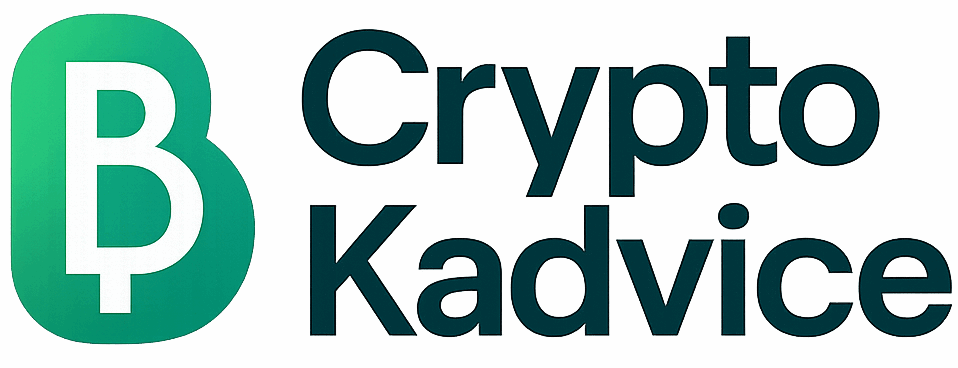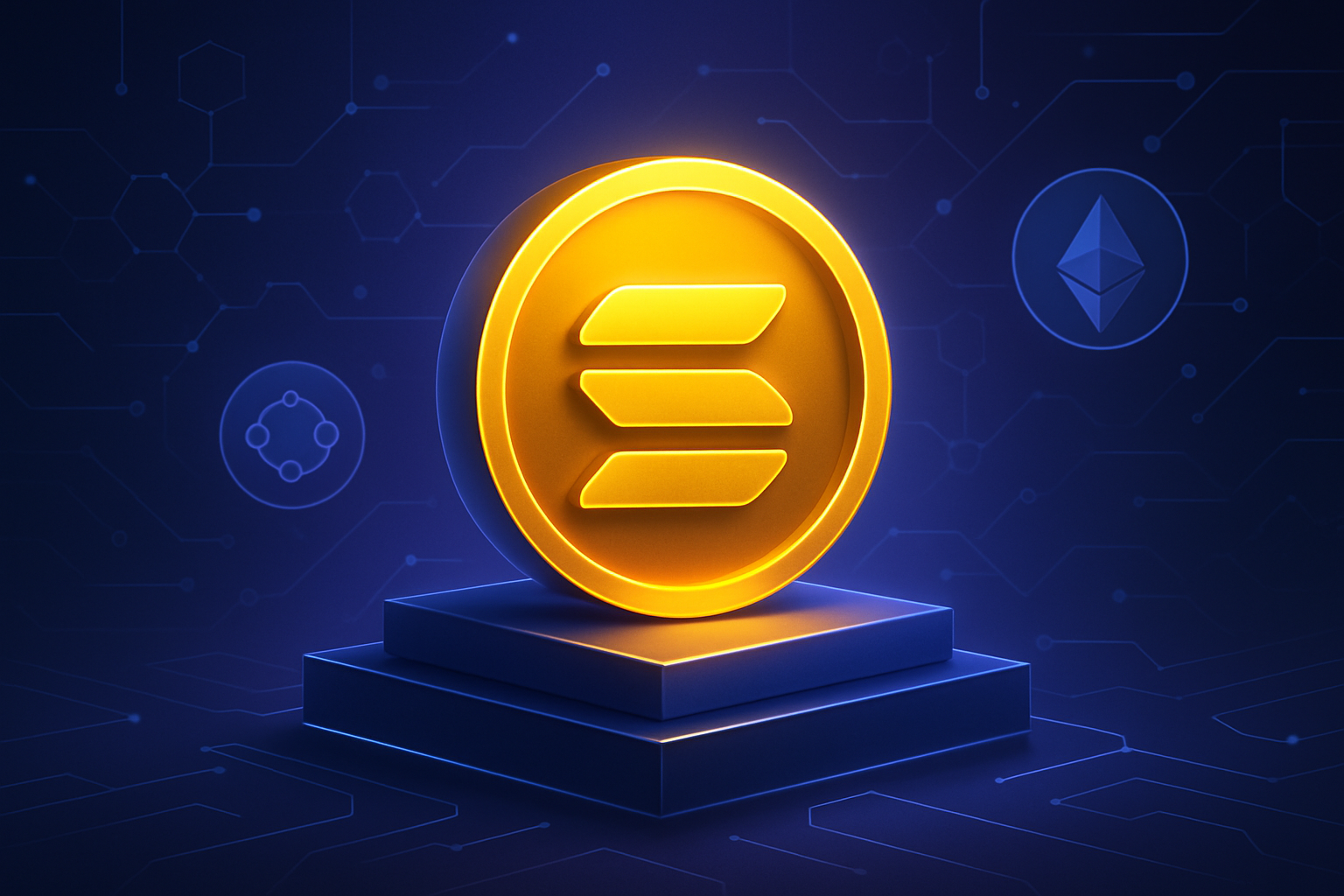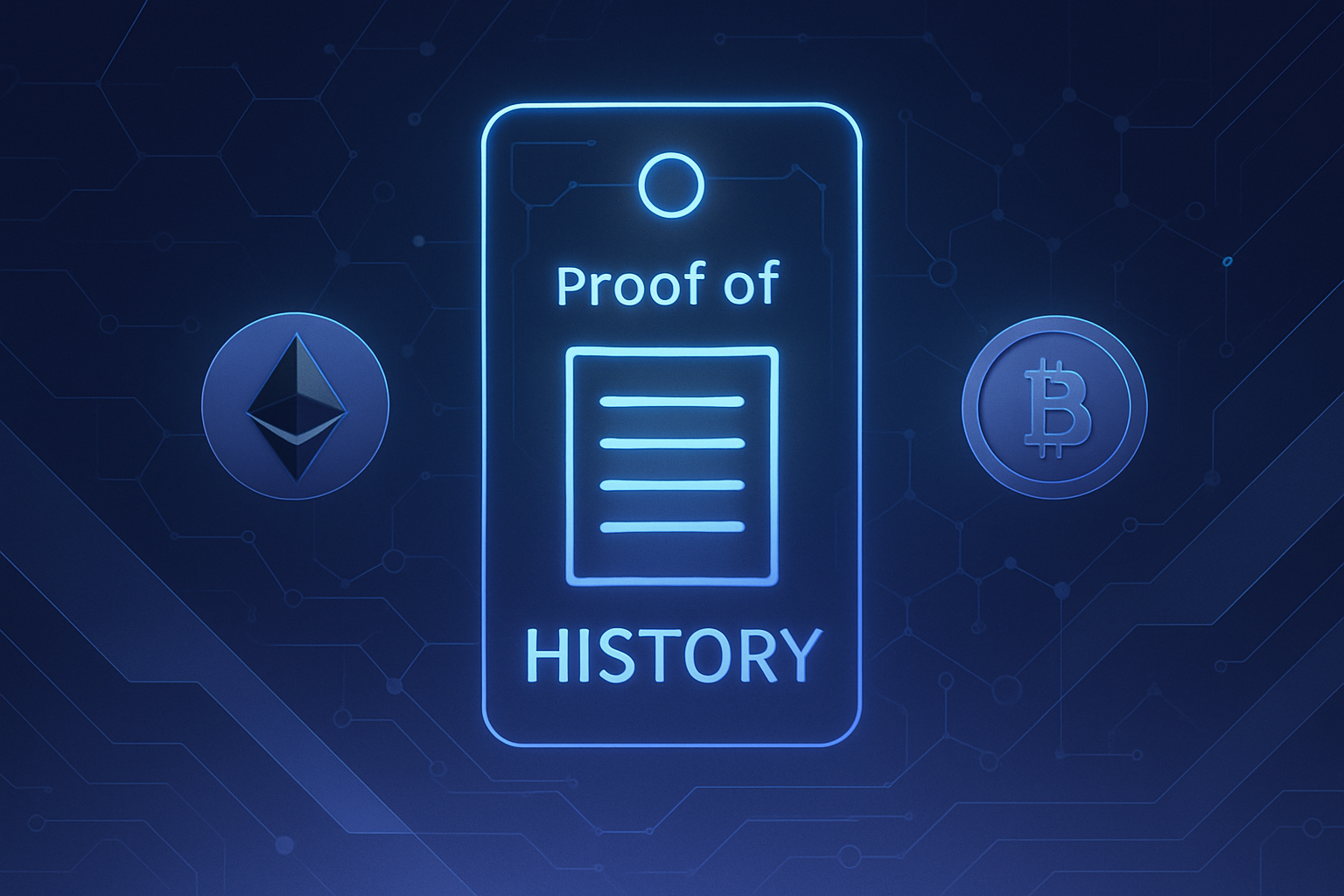
The crypto landscape for retirement investors is evolving at breakneck speed. With President Trump’s executive order in August 2025 opening the gates for alternative assets in 401(k)s, and the Department of Labor (DOL) now taking a neutral stance on digital assets, it’s no longer just Bitcoin making headlines. Forward-thinking investors are asking: How can I diversify my 401(k) with Ethereum, XRP, and Solana?
Why Look Beyond Bitcoin? The Case for Altcoin Diversification
Bitcoin may have blazed the trail as a 401(k) crypto option, but a new class of digital assets is gaining momentum among retirement savers. Ethereum (ETH), XRP (Ripple), and Solana (SOL) each bring unique value propositions that could supercharge long-term portfolio growth while spreading risk across distinct blockchain ecosystems.
Let’s break down why these three altcoins are increasingly considered by both individual investors and major plan administrators like Fidelity:
Top Altcoins for 401(k) Diversification: Ethereum, XRP, Solana
-
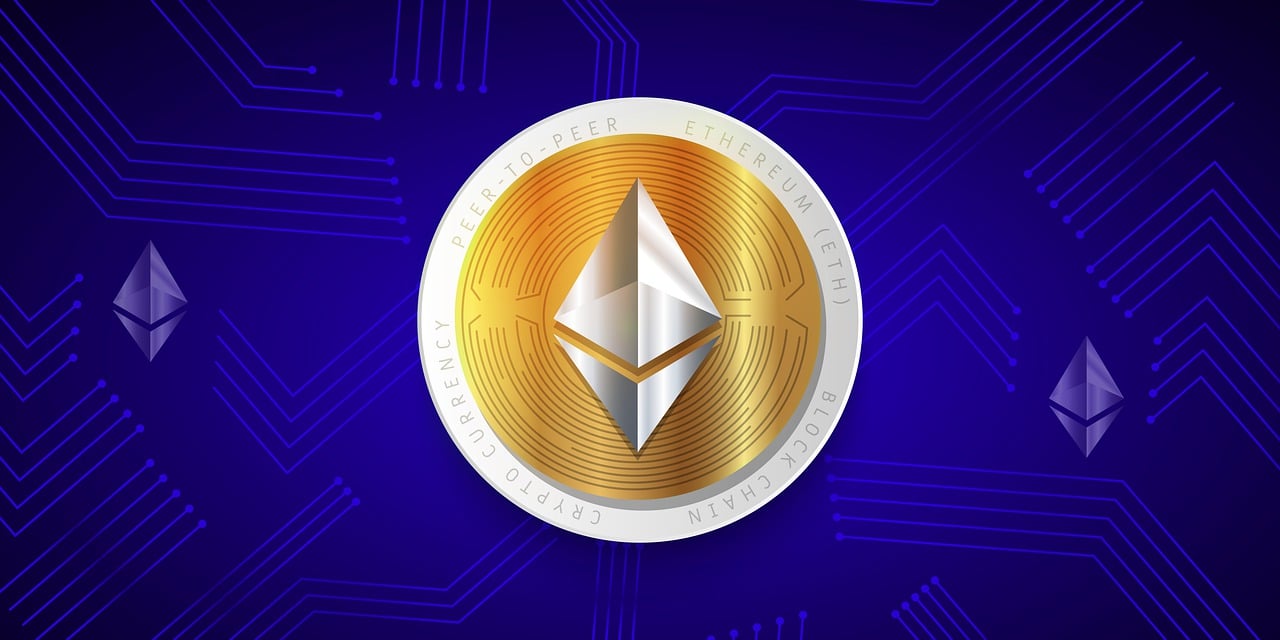
Ethereum (ETH): The second-largest cryptocurrency by market cap, Ethereum is renowned for its robust smart contract platform and thriving decentralized finance (DeFi) ecosystem. With institutional adoption accelerating and Ethereum ETPs attracting billions in new assets, ETH stands out as a forward-looking choice for retirement portfolios seeking growth beyond Bitcoin.
-
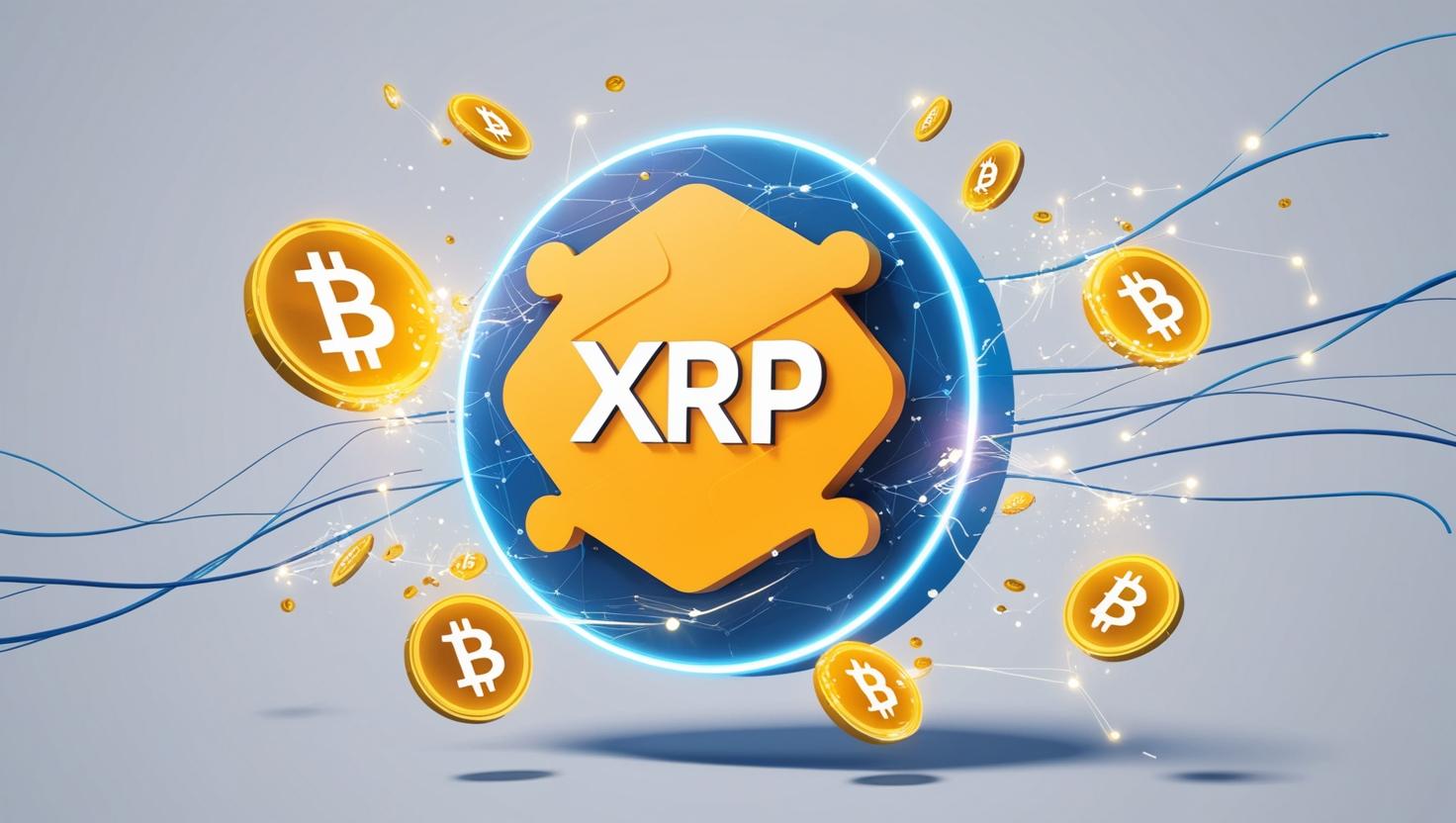
XRP (Ripple): Designed for fast, low-cost cross-border payments, XRP has gained renewed attention as regulatory shifts now allow its inclusion in some retirement accounts. Currently trading at $3.00, XRP is positioned to benefit from potential 401(k) inflows and broader ETF adoption, making it a compelling diversification option for crypto-savvy investors.
-

Solana (SOL): Known for its high-speed, low-fee blockchain, Solana is a favorite among developers building next-generation decentralized applications and NFTs. As 401(k) plans begin to embrace a wider range of digital assets, SOL’s strong ecosystem growth and technical innovation make it a noteworthy contender for retirement diversification.
Current Market Data: XRP at $3.00 and the Opportunity Set
As of September 2025, XRP is trading at $3.00, reflecting its resilience amid regulatory shifts and renewed institutional interest. Ethereum continues to anchor decentralized finance with robust adoption, while Solana’s lightning-fast transaction speeds are attracting developers and users alike.
The inclusion of these assets in retirement plans isn’t just theoretical anymore. Following the DOL’s policy change in May 2025 (source), financial giants like Fidelity have begun rolling out crypto options beyond Bitcoin (source). This means participants can now allocate a portion of their savings to altcoins via structured products like ETFs or ETPs, offering exposure without direct custody headaches.
Spotlight on Ethereum (ETH): The Smart Contract Powerhouse
Ethereum’s role in decentralized applications makes it a foundational asset for the future of finance. Unlike Bitcoin’s focus on being digital gold, ETH powers everything from NFTs to DeFi protocols. Recent inflows into Ethereum-based exchange-traded products reached $2.87 billion as investors seek programmable money within their tax-advantaged accounts (source).
This surge signals confidence that Ethereum isn’t just a speculative play, it’s infrastructure for Web3. As more plan sponsors embrace crypto diversification 401k strategies, ETH stands tall as a core holding for forward-looking retirement portfolios.
XRP in Your 401(k): What Has Changed?
XRP has long been a favorite among investors seeking fast cross-border payments and low transaction fees, but until recently it was off-limits in most traditional retirement plans. Now, with regulatory barriers falling away and platforms rapidly integrating XRP exposure via ETFs or self-directed IRAs (source), the landscape is wide open.
XRP Price Prediction 2026-2031
Professional forecast for XRP based on regulatory, adoption, and market trends following 401(k) and ETF integration
| Year | Minimum Price | Average Price | Maximum Price | Yearly Change (%) | Market Scenario Insight |
|---|---|---|---|---|---|
| 2026 | $2.60 | $3.40 | $4.50 | -13% to +50% | Post-401(k) adoption volatility; market adjusts to new inflows |
| 2027 | $2.85 | $3.90 | $5.80 | +8% to +29% | ETF and retirement product expansion, increased institutional participation |
| 2028 | $3.10 | $4.60 | $7.20 | +7% to +18% | Broader crypto adoption, rising use case for cross-border payments |
| 2029 | $3.50 | $5.20 | $8.90 | +9% to +13% | Potential bull market cycle, blockchain tech improvements |
| 2030 | $3.90 | $6.10 | $10.80 | +8% to +17% | Crypto as mainstream 401(k) asset, regulatory clarity |
| 2031 | $4.20 | $7.00 | $13.00 | +5% to +15% | Matured crypto retirement ecosystem, global adoption |
Price Prediction Summary
XRP is forecasted to benefit significantly from the regulatory green light for crypto in 401(k) plans, especially as institutional and retirement inflows increase. Expect volatility in the short term as the market adapts, but long-term growth is supported by broader adoption, ETF expansion, and ongoing technological progress. The price outlook balances both bullish and bearish scenarios, with a strong potential for new all-time highs by 2031 if adoption trends continue.
Key Factors Affecting XRP Price
- Regulatory clarity and ongoing support for crypto in retirement accounts (401(k), IRAs)
- Institutional inflows via ETFs and retirement products
- Macro market cycles (crypto bull/bear markets)
- Advancements in blockchain technology and Ripple’s payment solutions
- Competition from other altcoins (Ethereum, Solana, etc.)
- Global economic environment and investor risk appetite
Disclaimer: Cryptocurrency price predictions are speculative and based on current market analysis.
Actual prices may vary significantly due to market volatility, regulatory changes, and other factors.
Always do your own research before making investment decisions.
The bottom line? With the right custodian or plan provider, you can finally tap into XRP’s potential within your retirement strategy, just as experts predicted would happen once institutional capital began flowing into structured crypto products.
Solana (SOL) is the third pillar in this new era of 401(k) crypto diversification. Its appeal lies in ultra-low fees and blazing-fast transaction speeds, making it a magnet for developers building next-gen DeFi, NFT, and payment applications. As more retirement platforms add Solana alongside Ethereum and XRP, investors gain access to a blockchain ecosystem that’s rapidly scaling, and doing so with a unique proof-of-history consensus mechanism.
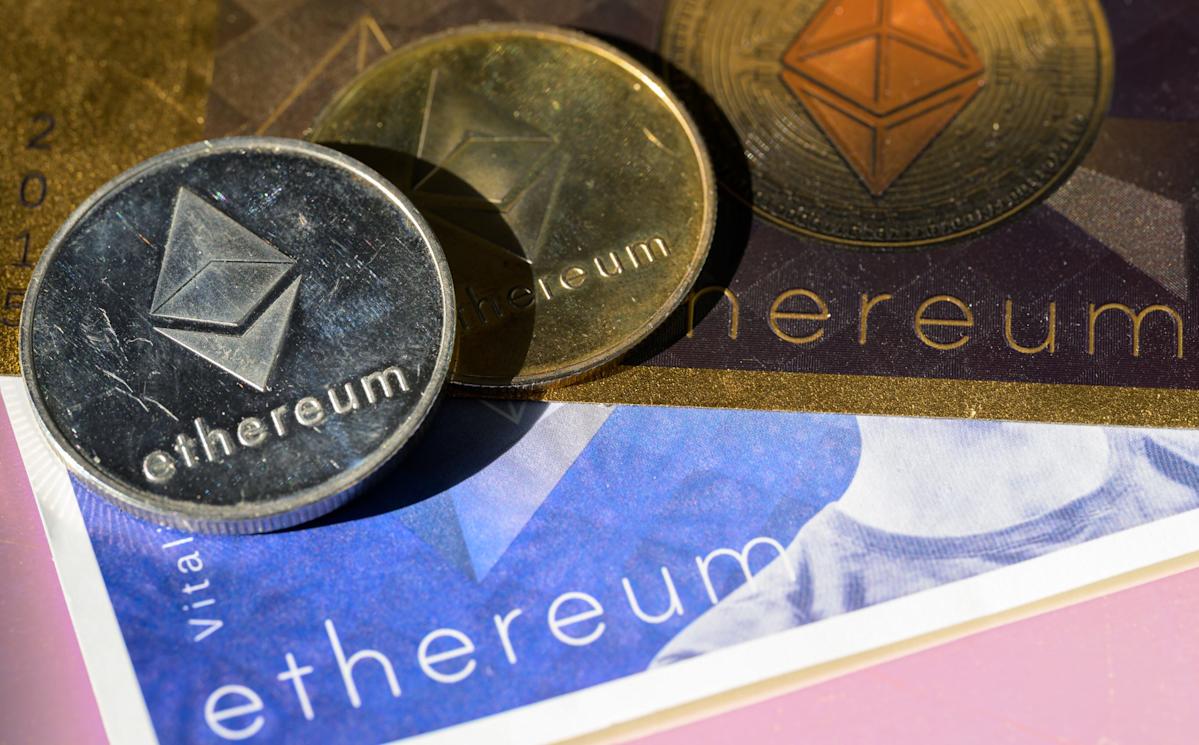
Why are plan sponsors warming to SOL? It’s not just about hype. Solana’s growing network activity and developer adoption signal real-world use cases that could drive future appreciation. For retirement savers aiming to capture innovation early, SOL offers exposure to an ecosystem still in hyper-growth mode.
How to Add Altcoins Like Ethereum, XRP, and Solana to Your 401(k)
The path from curiosity to allocation is clearer than ever before. Here’s how you can get started:
How to Allocate Ethereum, XRP, and Solana in Your 401(k)
-
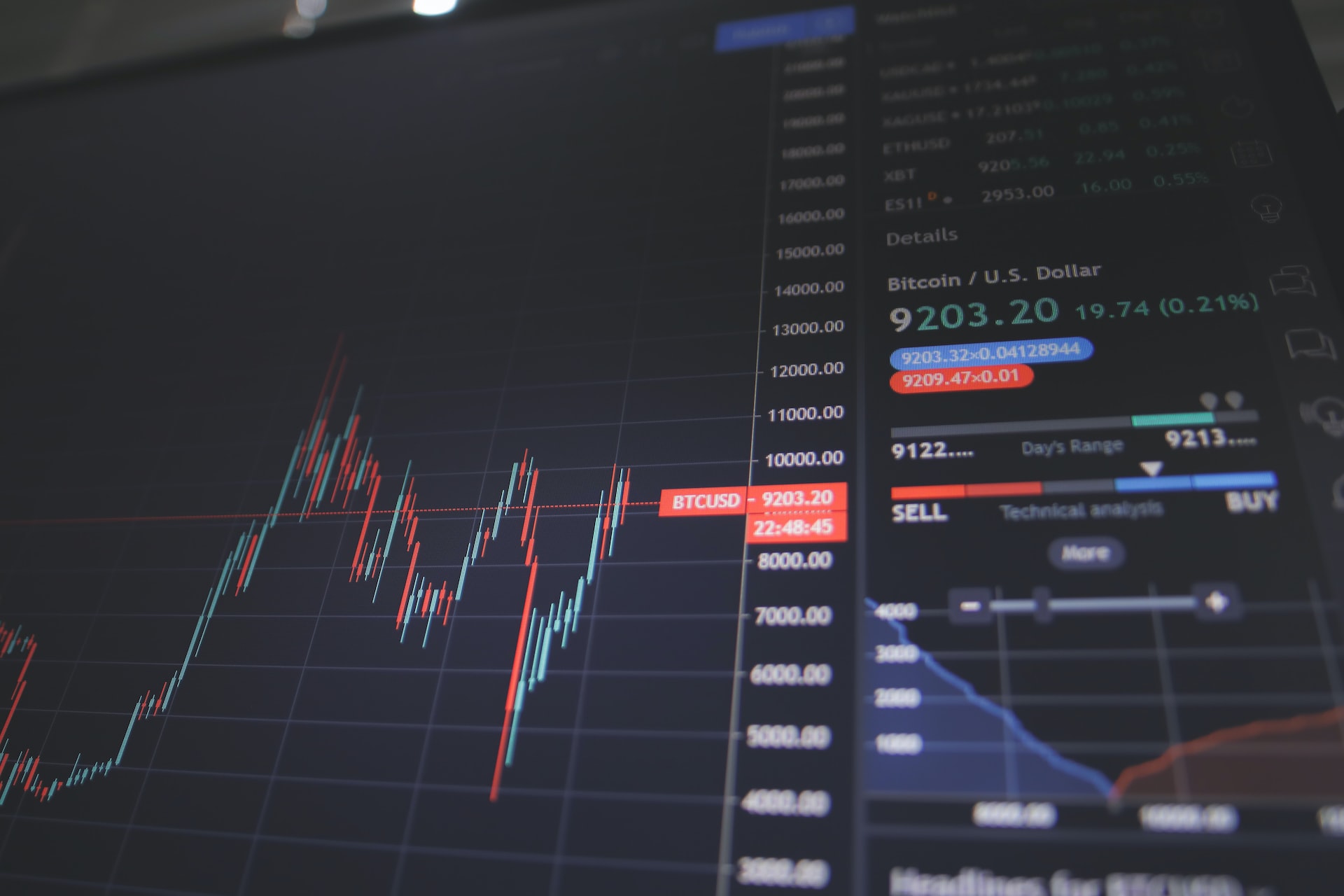
1. Evaluate Your 401(k) Provider’s Crypto OfferingsStart by checking if your 401(k) plan administrator—such as Fidelity Investments—offers access to crypto assets like Ethereum (ETH), XRP (Ripple), and Solana (SOL). Recent regulatory changes, including President Trump’s 2025 executive order, have prompted some providers to expand crypto options. Not all plans will feature every asset, so confirm availability before proceeding.
-

2. Assess Each Cryptocurrency’s Role in DiversificationConsider the unique strengths of Ethereum (ETH) (the leading smart contract platform), XRP (Ripple) (focused on fast, low-cost cross-border payments, currently priced at $3.00), and Solana (SOL) (known for high-speed, low-fee transactions). Diversifying across these altcoins can help balance risk and growth potential in your retirement portfolio.
-
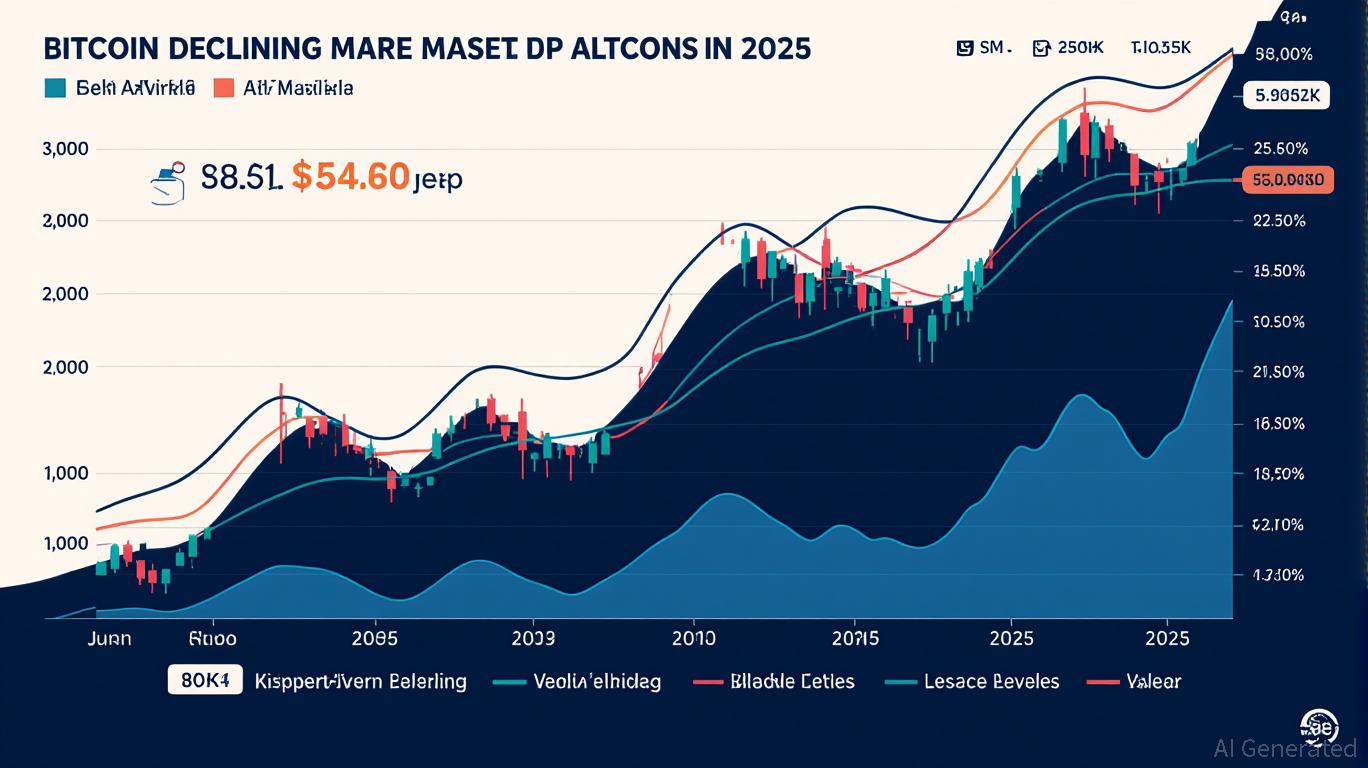
3. Set Your Allocation PercentagesDecide how much of your crypto allocation to assign to each asset. For example, you might choose 50% Ethereum, 30% XRP, and 20% Solana—or another mix that matches your risk tolerance and investment goals. Remember, crypto is volatile, so many experts recommend limiting your total crypto exposure to a small percentage of your overall 401(k).
-

4. Execute Your Investments and Monitor PerformanceOnce your allocations are set, use your 401(k) platform to purchase ETH, XRP, and SOL (often via ETFs or ETPs). Monitor your portfolio regularly, as prices—like XRP’s current $3.00—can fluctuate sharply. Adjust allocations as needed to stay aligned with your retirement strategy and market developments.
First, check if your current plan provider supports crypto investment options, many are rolling out structured products like ETFs or ETPs that track ETH, XRP at $3.00, or SOL directly. If not, consider opening a self-directed IRA or Solo 401(k), which lets you select from a broader menu of digital assets via specialized custodians (source). The landscape is changing fast; staying informed means you can seize opportunities as they appear.
Risk Management: Balancing Growth With Prudence
Crypto’s volatility is no secret, especially when it comes to altcoins. While the potential upside for ETH, XRP at $3.00, and SOL is compelling, prudent investors should avoid overexposure. Most experts suggest limiting crypto allocations to no more than 5-10% of your total retirement portfolio (source). Diversification across multiple assets (not just Bitcoin) can help smooth out the wild swings endemic to this asset class.
Don’t forget tax considerations: Roth IRAs offer tax-free growth on crypto gains if held until retirement age, a powerful tool for compounding returns over decades (source). Work with an advisor who understands both traditional finance and digital assets so you can build a strategy tailored to your goals and risk profile.
The Road Ahead: Crypto 401(k)s Are Here To Stay
The regulatory landscape may still be evolving, but one thing is clear: the door is now open for Ethereum, XRP (currently at $3.00), and Solana in mainstream retirement planning. As major institutions embrace these assets, and as investor demand grows, expect even more innovation around access points like ETFs and automated portfolio tools.
This is a pivotal moment for forward-looking savers who want their 401(k)s working as hard as possible for the future. By seeking exposure beyond Bitcoin into high-conviction altcoins like ETH, XRP, and SOL, you’re not just hedging against inflation, you’re betting on the future of finance itself.
